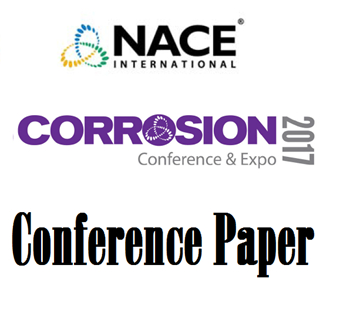Search
10118 Mathematical Modeling Applied to Control of Corrosion of Reinforcement Bars in Concrete
Also Purchased
11010 Cathodic Behavior of ~9% Cr Steel Reinforcement in Concrete
Product Number:
51300-11010-SG
ISBN:
11010 2011 CP
Publication Date:
2011
$20.00
Cathodic Protection on Steel Reinforced Concrete Marine Structures
Product Number:
51317--9219-SG
ISBN:
9219 2017 CP
Publication Date:
2017
$20.00
02263 Impressed Current and Galvanic Discrete Anode Cathodic Protection for Corrosion Protection of Concrete Structures
Product Number:
51300-02263-SG
ISBN:
02263 2002 CP
Publication Date:
2002
$20.00




